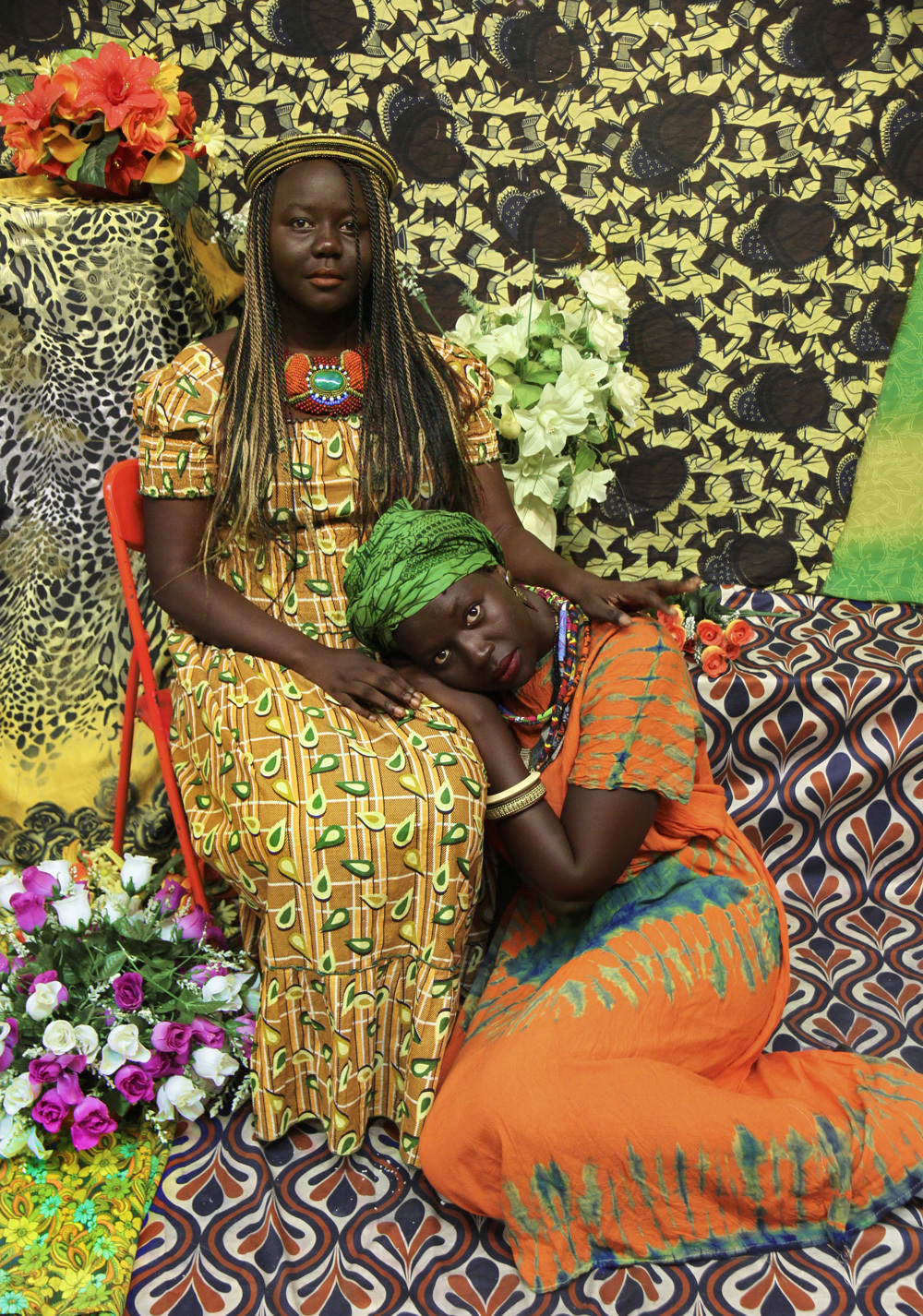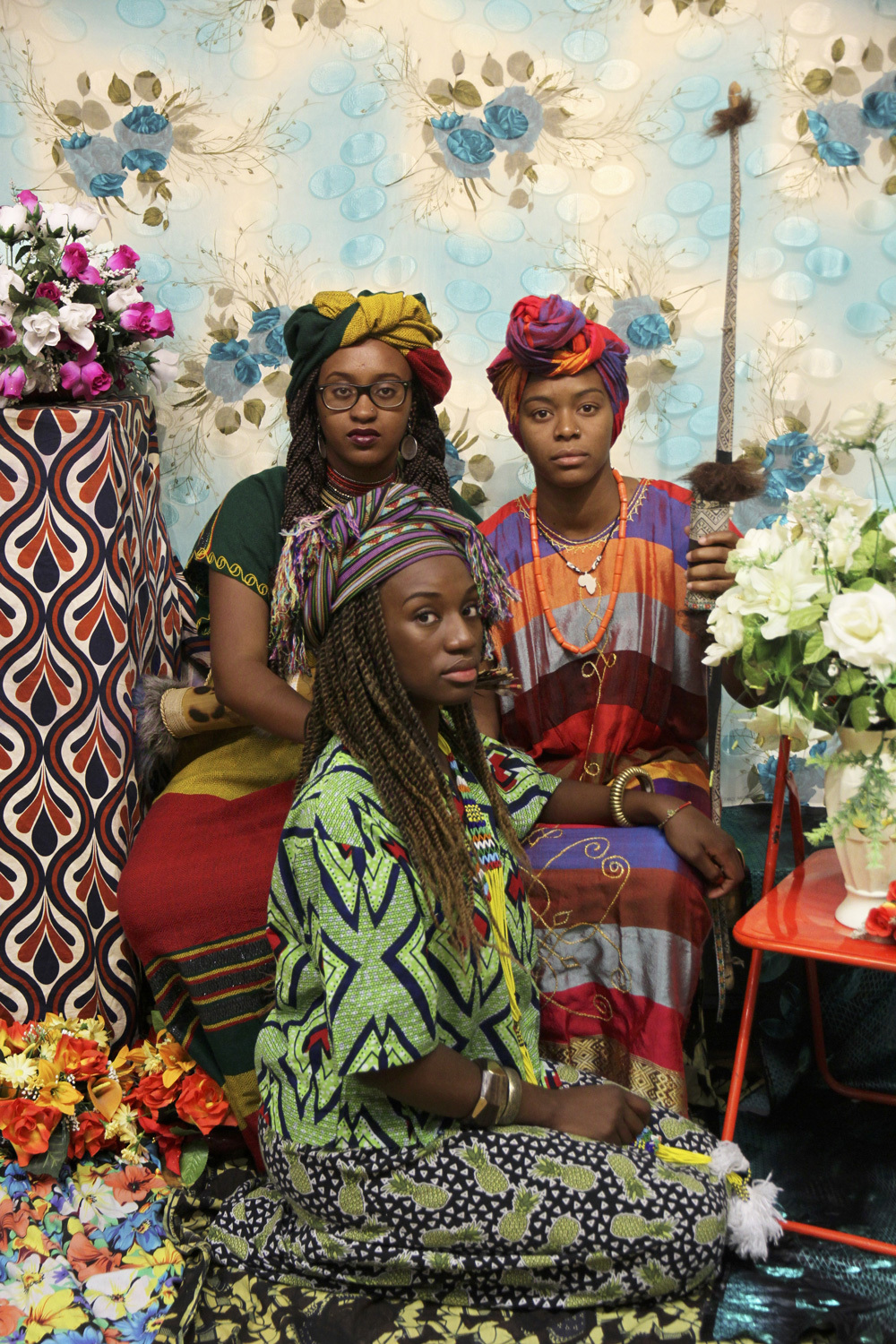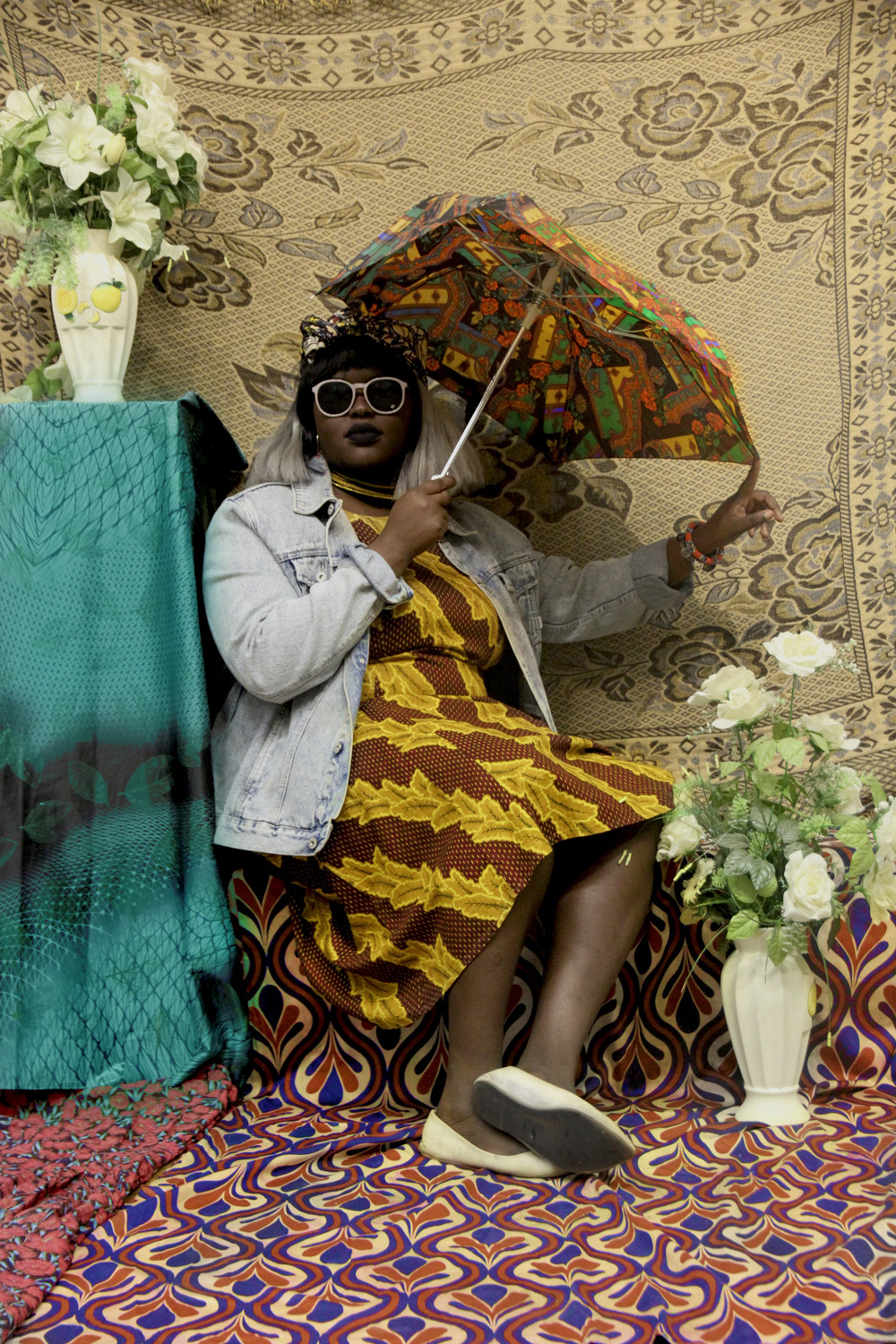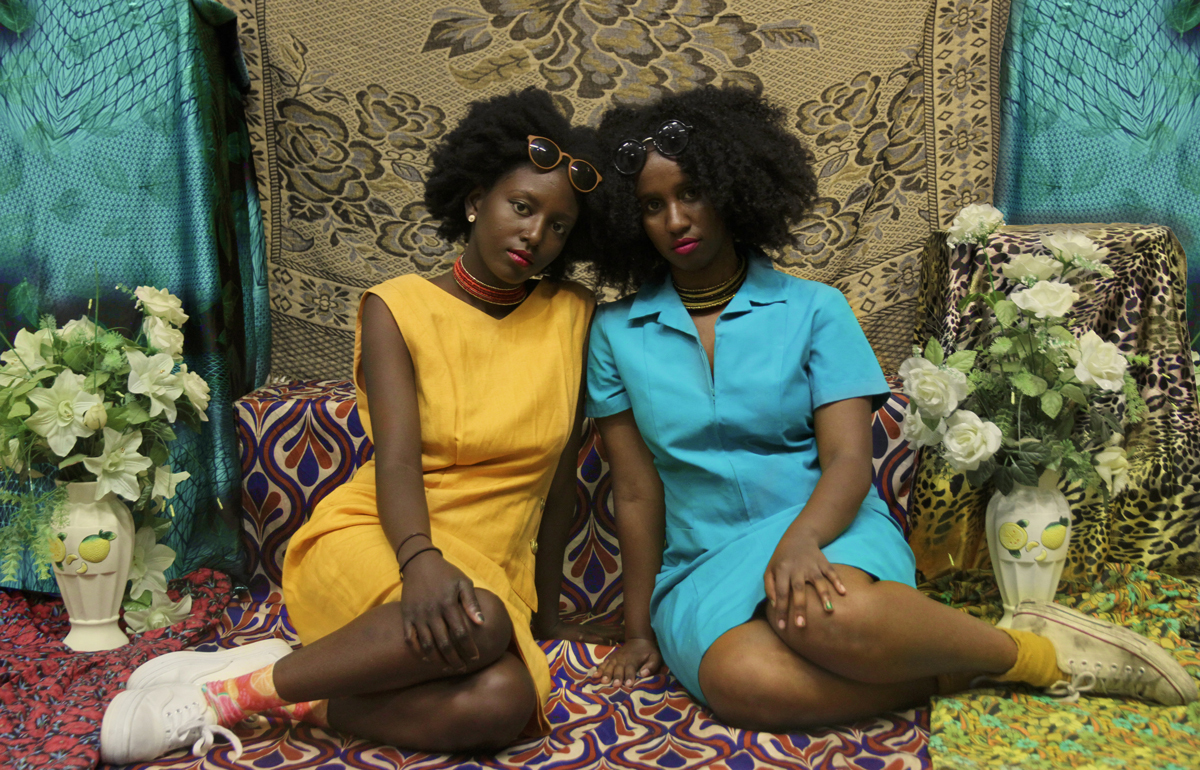Atong Atem is a Melbourne based fine arts student who takes photos exploring the cultural identities of first and second-generation African migrants in Australia. Her images focus on Third Culture Kids, who are often growing up in a perpetual identity crisis. i-D spoke to her about living between two cultures, and untangling her home’s complex colonial histories.

When did racial and cultural identity enter your work?
I’ve always been making art that was Afro-centric or turned towards colonialism, race, and gender. I got into that young from coming to Australia as a migrant. You’re almost forced to confront your identity as an “other” immediately. I’m ethnically South Sudanese, but my family migrated as refugees when I was six years old after leaving South Sudan via Ethiopia and living in a refugee camp in Kenya.
I remember painting portraits of my family in primary school. Everybody else used the peachy, pastel coloured crayons, so I would too. It wasn’t until a teacher confronted me and said, “why aren’t you using brown crayons?”, that I started questioning and thinking about my position in Australian culture and society. I was so ashamed and embarrassed that I didn’t even recognise my identity in the colours I was using. I made a decision to only use brown colours-that translated to exploring blackness later on in life.

Your series is about Third Culture Kids. What does that mean to you?
There are days where I feel I know my identity and I’m really strong in it, and then there are days where I’m like, who am I in this world? I think it’s cool to recognise that a lot of people have those experiences-not just in relation to cultural identity, but gender and sexuality and what they want to do in life. Being a Third Culture Kid, means recognising there’s a space that exists between the culture we’re from and the culture we’re living in. I feel not South Sudanese enough, or not Australian enough. I have to accept that I’ll never be both: those ideas are completely fabricated from outside of myself. For a lot of people who realise they exist in that in-between space, it’s kind of upsetting because you’re neither this nor that. But being a third culture kid can be whatever you want.
Your photos are almost fully set designed, did you do that too?
Yeah I did. What I found interesting in my research was ways in which the things that were introduced by European colonisers have become so deeply adapted into whatever country they were brought. My photos emulate the studio photography that was introduced to many parts of Africa by the British.
As soon as I began posting a couple of the photos, people were like “whoa that’s just like the photos that my grandparents have back home in India.” It sounds reductive to say, but the wax print fabrics that I’ve used in the background of the photos have come to be representative of Africa now. These fabrics that are really common in a lot of parts of Africa and are seen as culturally belonging to those countries, but they were introduced by the Dutch after they had gone to countries like Indonesia. The history of colonialism in that is sort of erased. The prints are representative of Dutch colonisation yet it’s so deeply rooted in African identity now.

The internet has really allowed people of colour to express their visual identities, but it’s also become a goldmine for these aesthetics to become trends. What’s so tantalising about that appropriation?
I think it is really political and a huge act for people of colour to claim their identity in loud and obvious ways. I think that’s really cool and important. For white people to take what we use as identifiers of ourselves and parade them around is really disrespectful and belittling of our experiences.
A lot of young and older white people are seeking to create some kind of identity because to them, their identity is never questioned. The assumption is always whiteness until there’s another identifier put onto it. That’s the way the world operates because of a history of colonialism. When people who are outsiders or people who are othered try to grasp our identity and really formulate it, it’s not seen as the act of rebellion or resistance that it is – it’s seen by them as this sort of personal vanity thing. Cultural appropriation takes away the depth of these kinds of rebellious acts. Cultural appropriation is a novelty for them, it makes them feel unique and different.
Independant Photography is happening in Melbourne from November 12 – 20. Check out the full program of events and buy tickets here.
Credits
Text Emma Do
Photography Atong Atem
